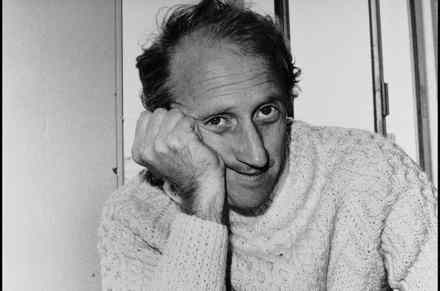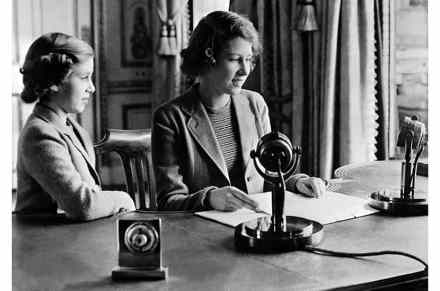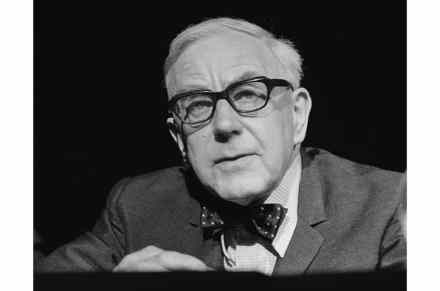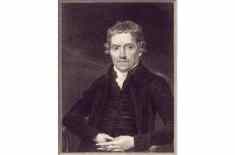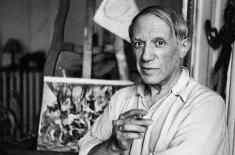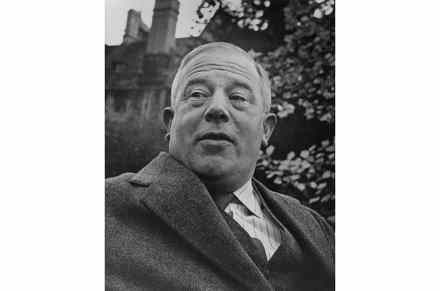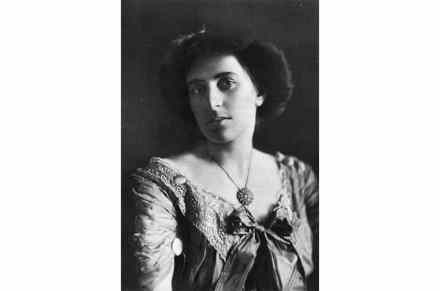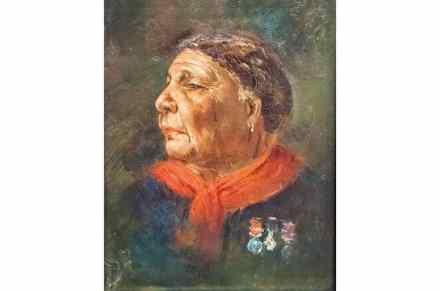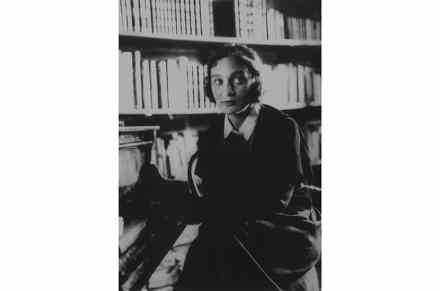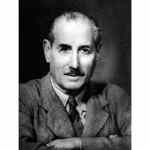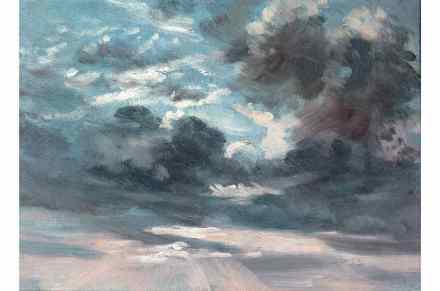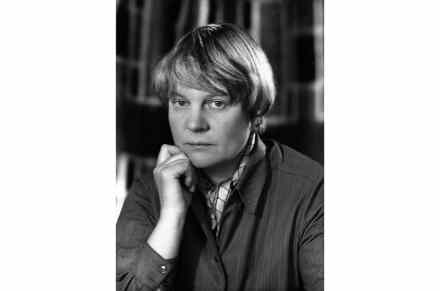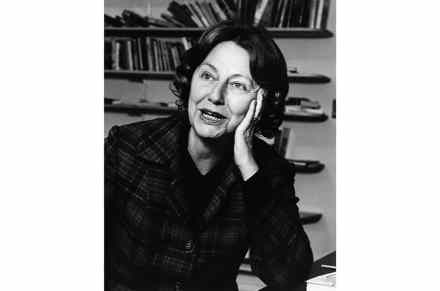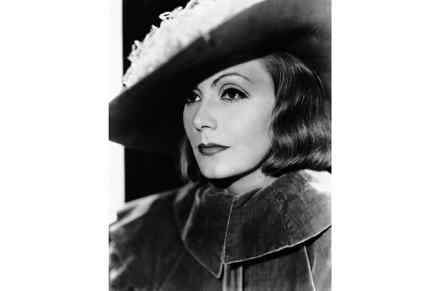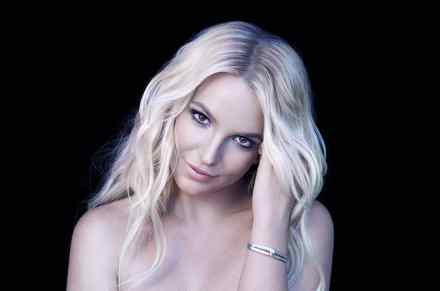Stewart Brand: man of ideas and infuriating contrarian
In his 2005 book What The Dormouse Said John Markoff traced the roots of the personal computer industry to the counterculture of the 1960s – a tale that owed as much to Jefferson Airplane as Jeffersonian ingenuity. Constantly popping up in that narrative is the adopted Californian Stewart Brand. Markoff wrote of his ‘Zelig-like penchant’ for being present at turning points in the story. Whole Earth, viewed one way, is an extended apology for that epithet. ‘The Zelig reference,’ Markoff says now, ‘is the wrong way to describe him, for there has been a consistent through line that has connected his various campaigns, crusades and inquiries over more than six
